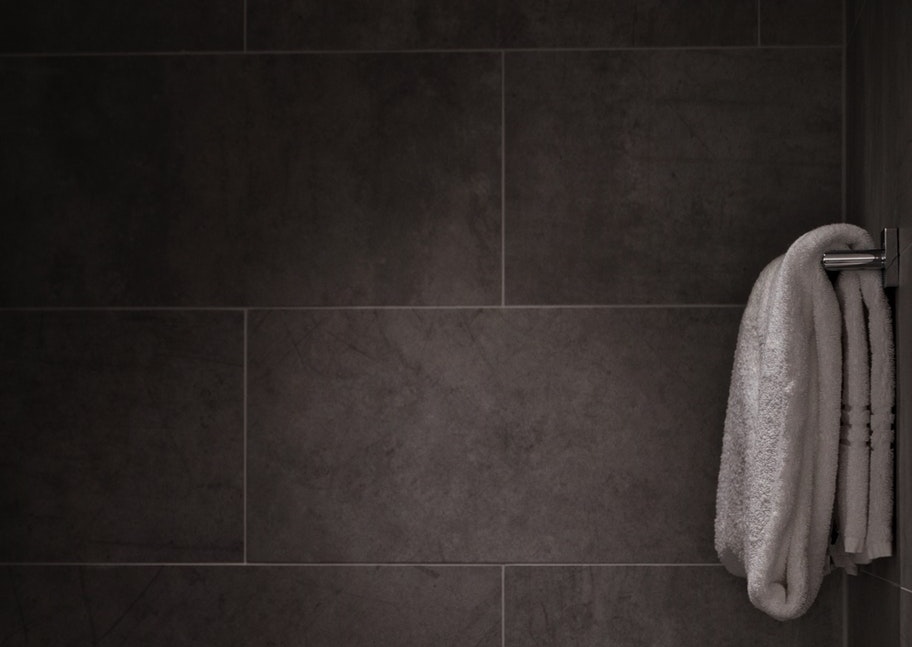
Tile is one of the most popular bathroom remodeling features and grout is often overshadowed. Most homeowners will agonize over which tile to install in their shower surrounds or floors and spend a minimal amount of time (in comparison) to selecting a grout color. The grout color can literally pull the whole space together and should be given more time in the process. Grout not only gives an overall finished look, it locks all the tiles in place and completes the water barrier. Here are some things to consider about grout before your next bathroom remodel.
There are two basic types of grout: cement-based and epoxy. Cement based grout is the cheapest and most common. Epoxy grout is a waterless grout that consists of two parts: epoxy resins and a hardening agent. Epoxy grout is more expensive and can be a little difficult to find and install but it has grown in popularity in the past few years, especially for high-traffic areas. Epoxy grout can look almost plastic, which does not appeal to everyone.
Both grouts can be sanded or un-sanded. Sanded grout should be used when the grout joints (spaces between the tile) are an 1/8 of an inch or larger. Un-sanded grout is used in grout joints that are smaller than an 1/8 of an inch. The sand will make the grout less likely to shrink or crack, but it is still absorbent. To ensure color quality and flexibility, there are polymer additives for cement-based grout but all cement-based grouts are porous and can stain. Manufacturers and installers recommend sealing grout after it has dried and cured for a couple of days. Epoxy grout is likely to stain, but does not require additional sealing.
Sealing grout is very important, especially if you aren’t using an epoxy grout. There are two different type of sealers: penetrating and membrane forming. Penetrating sealers will breathe after being applied and soak into the grout and tile, making it a more popular choice. The membrane-forming sealers have been known to peel or take on a cloudy look after the residual moisture from the underlayment pushes upward.
Be sure to discuss the pros and cons of both grouts with your designer or contractor before your next remodeling project.
The best way to learn about Dream Baths and your upcoming project is to reach out and talk to one of our designers.
Get Started Learn More